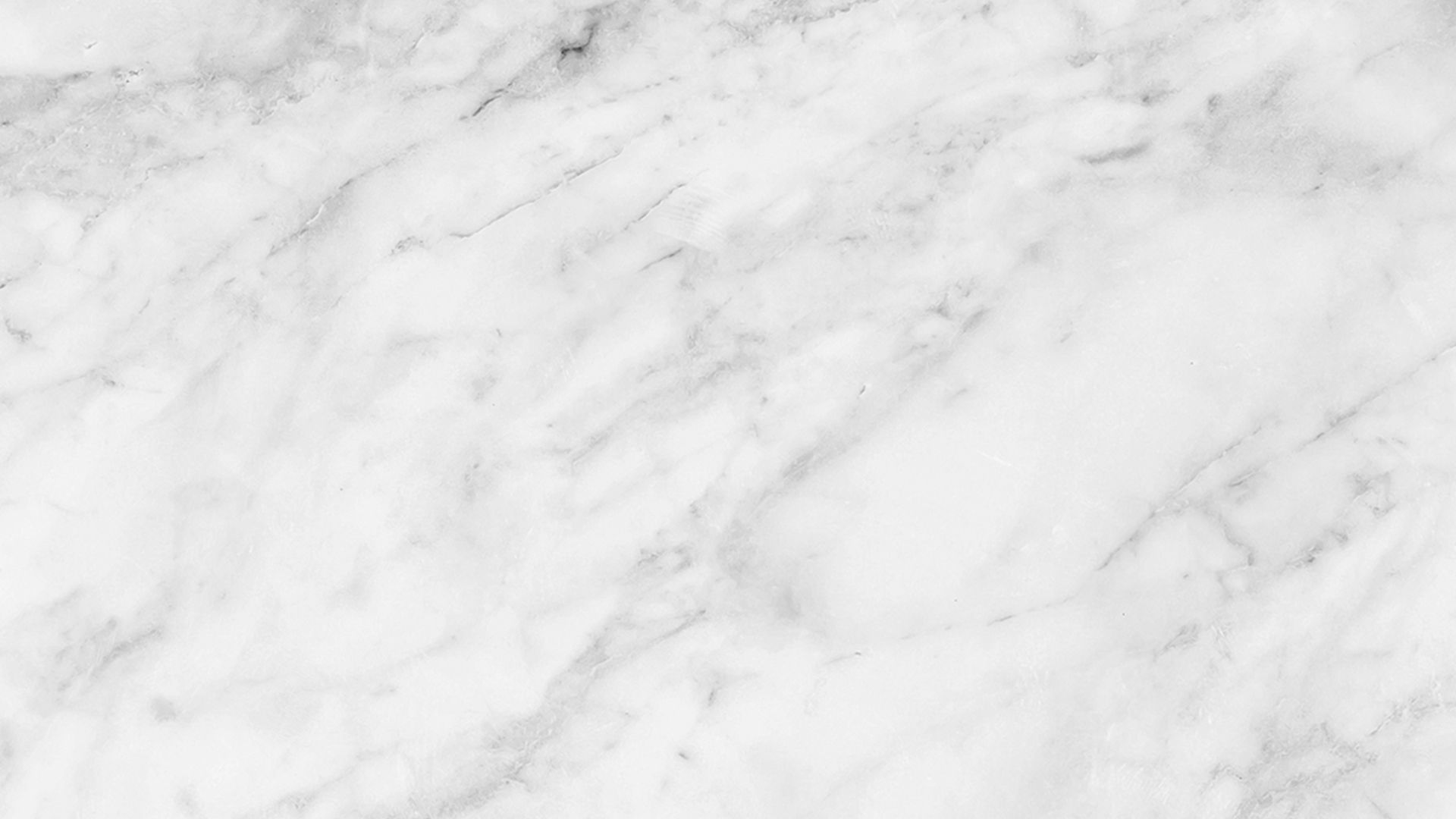Vietnam - digital to film - How to achieve the analog look on digital camera's
Adobe Lightroom is a powerful photo editing software that allows you to enhance and manipulate your photos in various ways. One of its key features is the ability to use presets, which are pre-defined combinations of settings that can be applied to your photos with a single click. In this tutorial, I will guide you through my process to give your photos a consistent and professional look.

To use my custom presets, you can import them. Right-click on the "User Presets" folder in the "Presets" panel and select "Import." Locate the preset file on your computer and import it.
The result
The Process
1. Import Photos: Import the images you want to edit into Lightroom.
2. Presets Panel: On the left-hand side, locate the "Presets" panel. You'll find your custom-made preset under the "User Presets" section.

3. Apply the Preset: Click on the preset's name to apply it to the currently selected image. You'll see the adjustments take effect immediately.

For this picture I used the Vintage Film preset from my Cinematic Visions pack. This preset works perfect to convert digital pictures to atmospheric analog like pictures.
4. Basic Adjustments: Here you can adjust the lighting, color and detail. For this image I didn't feel like I had to change much after applying the preset.
5. Graduated Filters and Radial Filters: Gradual filters can make adjustments to local parts of the image. For this image I wanted the bottom part to be darker and the top part to be a bit lighter to emphasize the haze atmosphere.


6. Fine-Tuning: Depending on the image, you might need to make minor adjustments after applying the preset to ensure it looks perfect. For this image I felt like the colors were a bit off, so I did some color correction.

7. Effects and Details: Adjust settings like sharpness, noise reduction, and vignetting if needed. The grain in this image was a bit much, so I lowered it to around 20 with a size of 52 and roughness of 34.

I spent approximately 15 minutes editing this image in total. If I had to manually make all the adjustments, as I did when initially creating this preset, it would have consumed about 1 hour of my time. This approach significantly saves me time, especially when editing multiple images together.





Comments